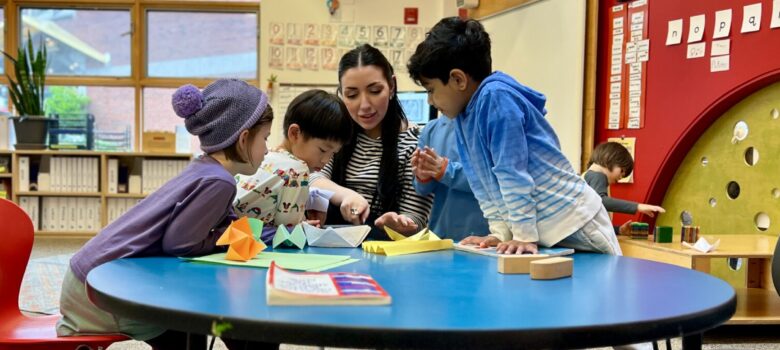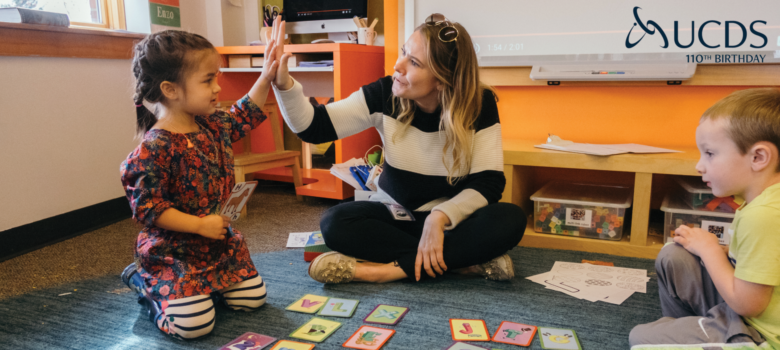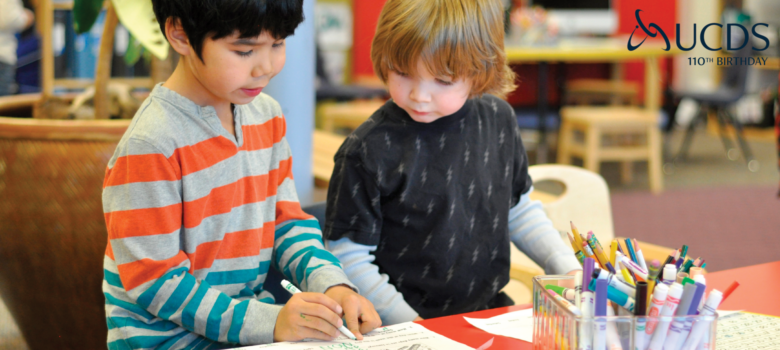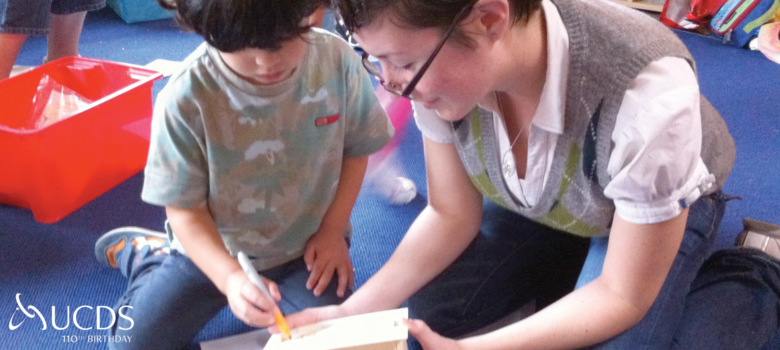Kat Wyly teachers here in one of our 3rd/4th grade classrooms. Today’s share from Kat profiles her efforts to lead her students into the critical thinking arena of how to weigh statements against the criteria of what makes a fact, and what makes an opinion. Share in the comments what you’re doing in your classroom around this topic! -Ed.
__________
During some recent ERB(Educational Records Bureau) practice, students went through the reading comprehension section by reading short passages and answering a series of questions about the text. The following is a type of question they encountered during this practice:
Which of these is an opinion in this passage?
- It’s fun to collect things.
- Some kids collect coins, shells, or stamps.
- Leaves come in many shapes and colors.
- Every type of tree has its own special leaf.
There were many hands asking what an opinion was or how to apply their existing knowledge of what an opinion was to this question. At the end of the practice test, we saved some time for discussion. A lot of kids spoke to knowing that different people have different opinions, such as how one person could love playing soccer and one person could really not enjoy it. Another student shared that opinions can change over time so what you think now could be different than what you think when you are older. When I asked for ideas about how a fact is different than an opinion, everyone was confident in sharing that facts are true for everyone. Some of their examples of facts were birthdays, events that happened like a trip to Mexico, and having lacrosse practice on Monday afternoon. Another example of a shared fact was that Seattle is a great place to live. Most of the class agreed with this example, but there were a few dissenters among the group.
This brings us back to that example ERB question about collecting items. The passage had used the exact words “It’s fun to collect things”. The passage paints a picture of a variety of kids collecting items and noticing how cool leaves are. It even has suggestions for how you can keep track of leaves and do exciting projects with them! There is a lot of evidence that makes it seem like collecting leaves is fun. Yet, that is an opinion and despite all of these appealing points about collections, it is important to acknowledge that this hobby just doesn’t appeal to some. This is the same as our beliefs about Seattle as a home. Although a majority of people may agree with that, “great” is an adjective that is relative to what someone is experiencing.
Whether collecting leaves or stamps is fun is a matter of low importance, but distinguishing between fact and opinion is more important than ever. Part of the process is acknowledging our own inherent biases, whether in favor or against certain ideals. Another part of the process is knowing how to receive information and determine whether it contains someone else’s bias. And yet another component is investigating the source of information and utilizing additional sources to check for consistency in the information given. It becomes complicated when the majority of information circulated may just be a widely accepted opinion. What strategies can we use to teach kids to recognize credible information, use these facts to develop their own opinions, and armed with such background knowledge, engage with dissimilar perspectives?




